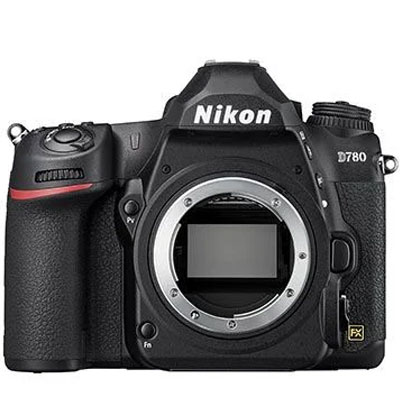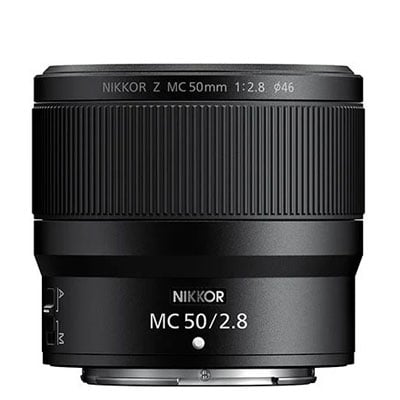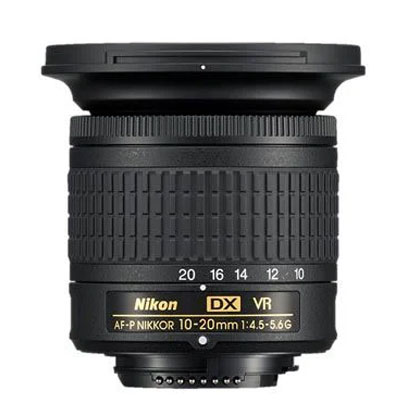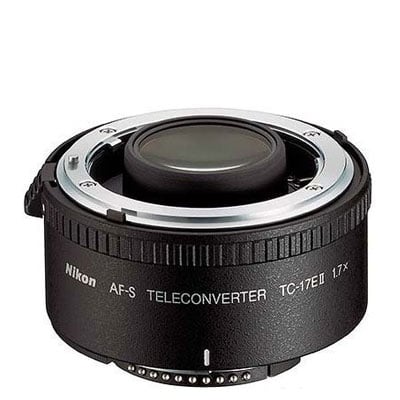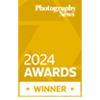

Nikon lenses are some of the fastest, sharpest and most reliable around. While all lenses are different, features you’ll find again and again in the Nikon line-up include fast autofocus, weather-sealed bodies, sophisticated image stabilizers, and more besides.
Pre-Loved
Range
Looking to save on your equipment?
Explore our range of second-hand, used, and open-box Nikon Lenses »
Looking to save on your equipment?
Explore our range of used and open-box Nikon Lenses »
Pre-Loved
Range
Looking to save on your equipment?
Explore our range of used and open-box Nikon Lenses »
Compare items Select up to 4 products to compare
{{item.ProductName | limitTo: 50}}
{{item.CulturedPriceValue}}Please select at least two products to compare
Compare items Remove AllNikon Camera Lenses
Nikon lens mounts
Nikon Z lenses
Since Nikon launched the Z system in 2018, they’ve done an exemplary job of filling out the lens selection for these capable mirrorless cameras. The Nikon mirrorless lenses are probably the most exciting Nikon professional camera lenses right now, and the range now includes all the standard focal lengths used by professionals, such as the Nikon Z 70-200mm f/2.8 VR S Lens.
While the range was initially all full-frame, Nikon has recently introduced a Z camera with a smaller “DX-format” APS-C sensor – the Nikon Z50 – and it has lenses to match, such as the Nikon Z 50-250mm f4.5-6.3 DX VR Lens.
Nikon F lenses
Nikon’s range of digital SLR lenses to fit Nikon F-mount is huge and encompassses everything a photographer could conceivably want. It includes both FX-format lenses for full-frame DSLRs, and DX-format lenses for more affordable, beginner-oriented DX-format DSLRs. Bear in mind that Nikon FX lenses can still be used on DX format camera; they will just have an increase in effective focal length by a factor of about 1.5x (so a 24mm lens will behave roughly like a 35mm lens).
You can also use DX lenses on FX cameras – which is useful if you’ve just upgraded after starting on the smaller-sensor cameras. The DSLR will automatically detect the lens being used and activate crop mode to avoid vignetting.
Don’t worry if this is all a bit technical – the upshot is that any Nikon DSLR lenses will work on any Nikon DSLR!
Types of Nikon lenses
Let’s run through the main types of lens to fit Nikon cameras, to give you an idea of what’s on offer. You can find most of these different types in both Z-mount and F-mount, so you should be fine no matter what type of photography you have in mind. Just remember that these categories are somewhat loose, and sometimes a lens may technically belong to more than one!
Primes and zooms
You’ll hear these terms a lot when shopping for lenses. The difference is simple – prime lenses have a single fixed focal length, and zoom lenses have a focal range they can zoom through.
With this in mind, it might seem like zoom lenses are the obvious choice. However, prime lenses have one thing going for – the fact that they don’t need to incorporate a zoom mechanism means they can be much sharper, with a better optical construction. If you need a versatile lens that’s great in lots of different situations, a zoom is better. However, if you’re after image quality above all else, then consider getting a prime lens.
Wide-angle lenses
The term “wide-angle” tends to refer to lenses with a focal length or focal range of anything less than about 35mm. These expansive lenses allow you to fit a great deal in the frame, and the more extreme wide-angles will provide an exaggerated perspective that makes them great for leading lines. The Nikon 16-35mm f4 G AF-S ED VR Lens is a good example of a wide-angle zoom.
Standard lenses
Standard lenses cover a focal length of about 50mm, with some leeway on either side. This is a perspective roughly equivalent to that of the human eye, and so is good for producing naturalistic images with a realistic feel. Many starter kit lenses will cover a standard focal length – the Nikon 18-55mm f3.5-5.6 G AF-P DX VR Lens is a typical example – and it’s a great place to start if you’re learning photography.
Telephoto lenses
Telephoto lenses have a longer focal length. Short telephotos of around 85mm are often used for portraits as they provide a flattering, narrowed perspective of people’s faces, while longer telephotos tend to be used for wildlife and sports shooting where it’s not possible to get close to subjects. Telephoto lenses tend to be larger, so you may need to consider a bigger camera bag.
Lenses like the Nikon 200-500mm f5.6E ED VR AF-S can bring extremely distant subjects into sharp focus, while many professionals rely on the kind of focal range provided by lenses like the Nikon 70-300mm f4.5-5.6E ED VR AF-P.
Fisheye lenses
Fisheye lenses provide a hugely exaggerated wide-angle perspective, for a unique and creative look. The Nikon 8-15mm f3.5-4.5E ED AF-S Fisheye Nikkor Lens is a rare example of a fisheye zoom.
Macro lenses
Macro lenses are all about getting in close to a subject – they have extremely short minimum focus distances, allowing for incredible close-ups of tiny subjects like insects or plants. Lenses with a 1:1 reproduction ratio are known as “true” macro lenses – a good example is the Nikon Z MC 105mm f2.8 VR S Lens.
Trade In
Service
Looking to trade in your equipment?
Get an instant quote & check eligibility for trade in bonuses »
Looking to trade in your equipment?
Get an instant quote & check eligibility for trade in bonuses »
Trade In
Service
Looking to trade in your equipment?
Get an instant online quote & check eligibility for trade in bonuses »
Frequently asked questions
- What’s the difference between Nikon and Nikkor lenses?
-
You may see Nikon lenses also referred to as “Nikkor” lenses. What’s the difference? Basically nothing – pretty much all Nikon lenses are branded Nikkor these days, and the terms are often used interchangeably. Once, the Nikkor brand denoted a superior category of Nikon lenses, but now pretty much all the firm’s lenses come under this umbrella.
- Can you buy accessories for Nikon lenses?
-
Yes – there are lots of accessories available for Nikon lenses, including lens caps (front and rear), teleconverters, lens hoods, mount adapters and more. You can browse the full selection of Nikon lens accessories here.
- Will Nikon lenses fit Sony or Canon cameras?
-
No - a lens built to fit Nikon cameras will only fit those cameras specifically, unless you use a mount adapter. Bear in mind that when Nikon fit lenses are used with other cameras via mount adapters, some functions such as autofocus will not work. See here for Nikon mount adapters.
- Which Nikon lenses have image stabilisation?
-
Nikon digital lenses use an image stabilisation system called Vibration Reduction, abbreviated to VR. If a lens has “VR” in its name, such as the Nikon 10-20mm f4.5-5.6 G AF-P Nikkor DX VR Lens, then it’s equipped with stabilisation!
Explore Buying Guides from our blog
